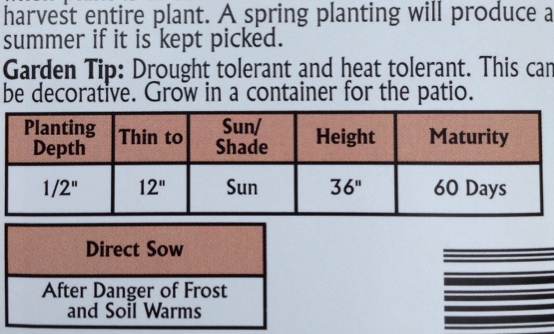New to veggie gardening? Read on for these basic tips:
SELECT YOUR SITE
Choose a site with maximum sunlight and good drainage with no low, wet areas.
If possible, choose a site sheltered from wind and near a south facing wall for radiant heat.
Try to stay away from trees and shrubs that send up shoots such as aspens, cottonwoods or chokecherries.
Keep your garden small at first and expand as you learn what works for you.
SOIL PREP
The soil should be dry before being worked to avoid compaction.
Add lots of organic material (compost, aged manure, shredded leaves) to improve soil condition, fertility, drainage, nutrient and water holding ability.
If you are planting any heavy feeders such as squash, cucumbers, or melons, add a granular fertilizer made for veggies such as Alaska™ Tomato a Veg fertilizer
Soil can be warmed up faster by putting a layer of clear plastic over it for a few days before planting.
GARDEN LAYOUT
If possible, consider building raised beds for gardening. There will be better drainage, the beds warm up earlier and there is not as much bending or kneeling.
Don’t plant tall plants or build trellises where they will shade other plants.
Crop rotation is important for healthy crops. Try not to plant the same vegetable in the same place year after year.
Keep any paths or walkways wide enough for a wheelbarrow.
PLANTING SEEDS
Seeds need four things for germination:
Dirt
Water
Light
The Right Soil Temperature
Follow the instructions on the seed packet.
Choose seeds that have a short days to germination time and a short days to harvest time, all this information will be on the seed packet

Spinach, peas, potatoes, radish, and greens like kale, Swiss chard and arugula can be planted late April through May.
Wait until June to plant warm season veggies like beans and squash.
Many veggies are available from starts. Tomatoes, cabbages, broccoli are good choices to plant from starts.
Coming in May, Part 2 will address weed control, pest management and harvesting.



